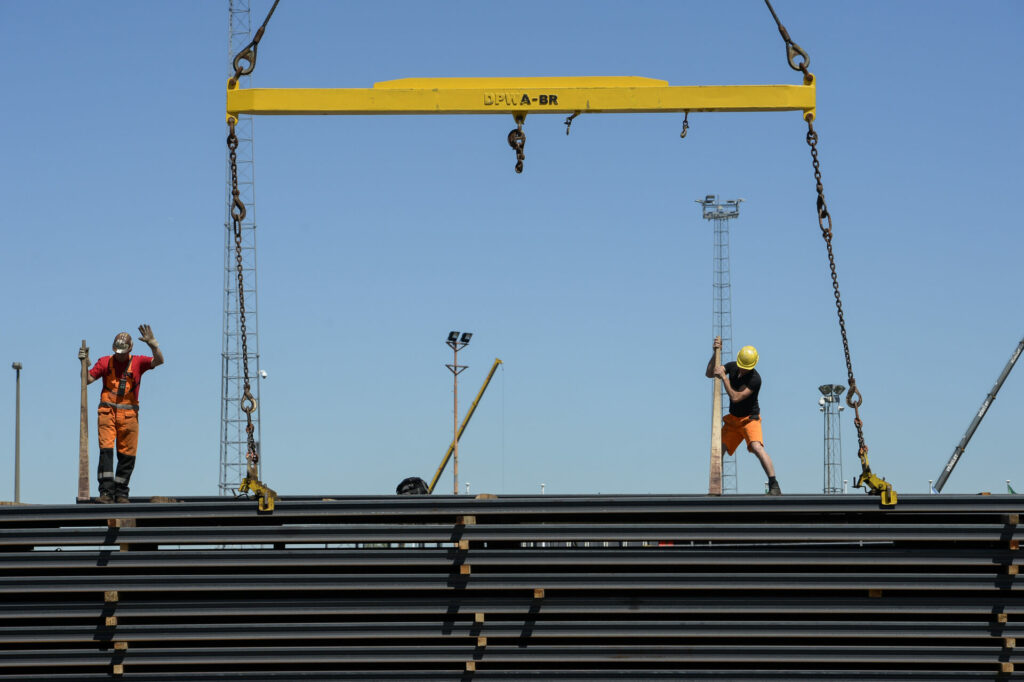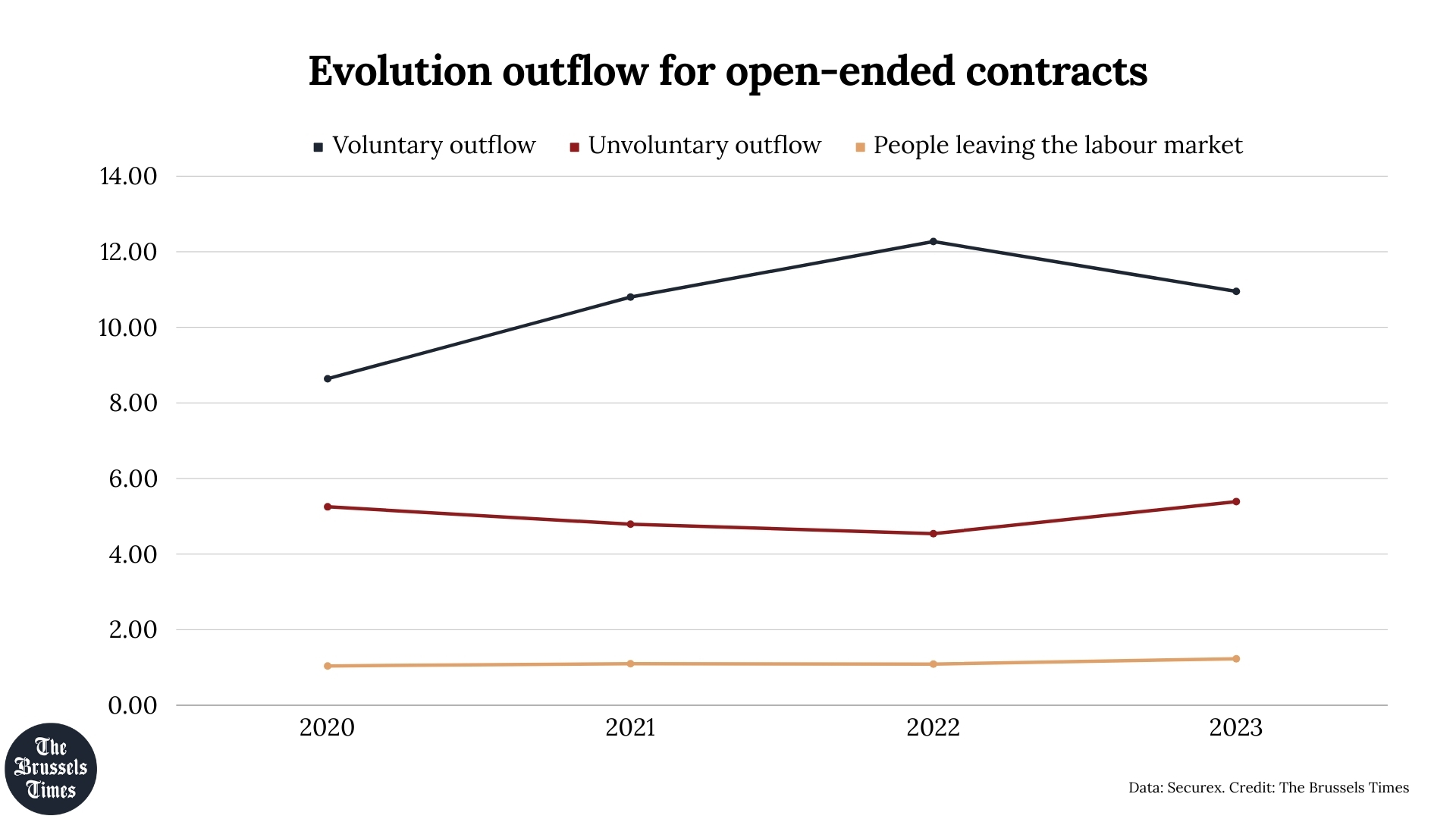With the rate of employment in Belgium rising significantly since the end of the pandemic, the need to fill vacancies had meant that employees were often choosing to leave of their own accord. But this has now changed, with more people being fired than moving by choice.
Voluntary outflows – people who themselves decide to leave their jobs – reached record levels in 2021 and 2022, while the number of redundancies hit record lows. But in 2023 this trend was inverted, according to figures from HR company Securex, based on 66,076 employees in the private sector.
"After an exceptional 2022, last year saw a correction in terms of voluntary and involuntary departures," said Frank Vander Sijpe of Securex.
While the outflow of workers on open-ended contracts remained stable but still high (17.6%), the number of workers that were laid off did also rise – from 4.5% to 5.4% (+18.8%). This means more than one in 20 workers were fired from their positions. The increase in redundancies is comparable across regions but the share was highest in Brussels (6.4%), followed by Wallonia (6.2%) and Flanders (4.8%).
The number of people leaving their occupation voluntarily fell in 2023, from 12.3% to 11% (-10.8%). Whilst employers were pushing to fill vacancies after the pandemic, the influx of voluntary departures this prompted now seems to have peaked. Small and medium-sized companies (SMEs) have the largest outflow, with one in four employees (25.7%) leaving the company either voluntarily or involuntarily.
By sector, many small businesses in construction and hospitality saw a large number of employees either being fired or choosing to leave (22.2% and 40.1% respectively).
"Although the war for talent is still in full force and vacancies are hard to fill, harsh economic realities are also burdening employers, especially in small SMEs with less of a buffer than larger companies to keep people on board in anticipation of resurgence," said Vander Sijpe. In the construction sector, rising commodity prices continue to put pressure on employers.


